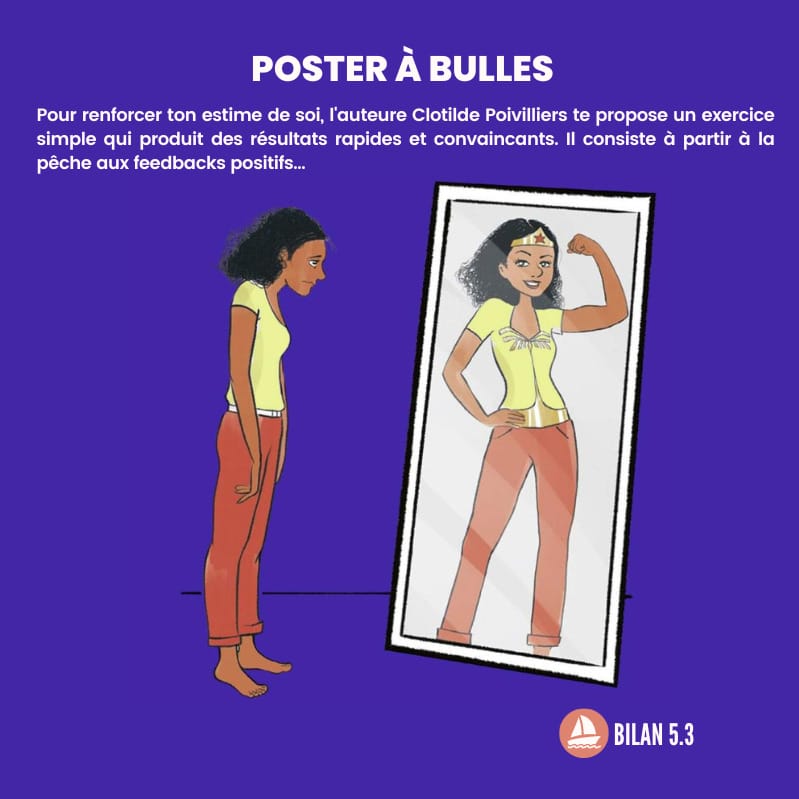Classified as carcinogenic in 1977 by the International Agency for Research on Cancer (IARC), the use of asbestos in France has been banned since 1997. However, many materials containing asbestos are still in place today and constitute so many sources of exposure for building professionals. According to a report from the High Council of Public Health published in 2014, by 2050, the number of lung cancer deaths due to asbestos would be 50,000 to 75,000, to which are added 18,000 to 25,000 deaths from mesothelioma.
This figure is underestimated since it did not include deaths from laryngeal or ovarian cancer linked to exposure to asbestos. But in a decree published on October 14 in the Official Journal, cancers of the ovary and larynx caused by inhalation of asbestos dust have in turn been recognized as occupational diseases.
Who are the people concerned?
Are affected by this recognition, people who suffer from a cprimitive anchor of the larynx, of a dprimary high-grade ysplasia
of the larynx, or primary ovarian cancer to location ovarian, tubal serosa or peritoneal serosa.
In the Decree of October 14, 2023, a restrictive list of work likely to cause these diseases was published. Those are the :
- Work directly associated with the production of materials containing asbestos.
- Work requiring the use of bulk asbestos.
- Insulation work using materials containing asbestos.
- Asbestos removal work.
- Installation and removal work for asbestos-based insulating materials
- Shipbuilding and repair work
- Machining, cutting and sanding work on materials containing asbestos.
- Manufacture of friction materials containing asbestos.
- Service or maintenance work carried out on equipment containing asbestos-based materials
- Carding, spinning, asbestos weaving work and manufacturing of products containing asbestos.
- Work requiring the usual wearing of clothing containing asbestos.
- Handling, assembly, or manufacturing work on parts or materials containing asbestos.
- Work usually carried out in premises directly exposed to free asbestos.
The coverage period is 35 years (provided you have been exposed to asbestos for at least 5 years.
The leading cause of work-related deaths
According to ANSES,Asbestos-related diseases today represent the second leading cause of occupational illness and leading cause of work-related deaths (excluding work accidents).
The recognition of two new cancers as occupational diseases will allow workers affected by this exposure and suffering from laryngeal or ovarian cancer “to benefit from better possibilities for compensation and support”.
Eligible workers “can contact their primary health insurance fund to file a request for compensation and obtain recognition of their pathology as an illness of occupational origin,” adds the decree.
A significant increase in new cases among women
In a bulletin published in 2015, the former InVS (now Public Health France) reported a significant increase in new cases of pleural cancer between the end of the 1990s and the end of the 2000s, particularly among women, while for 28% of them, no exposure to asbestos was proven.
“Our results suggest that the peak incidence has perhaps not yet been reached, contrary to what had previously been suggested,” suggested Anabelle Gilg, epidemiologist. It also recognizes that “we do not know very well why” the number of mesotheliomas (the other name for cancer of the pleura) is increasing among women. Also for the first time, researchers looked at two other cancers, those of the larynx and ovary, which the cancer agency of the World Health Organization (WHO) added to the list in 2009. list of diseases caused by exposure to asbestos. They estimated that each year, 129 to 731 new laryngeal cancers and 46 to 55 ovarian cancers could be attributed to occupational exposure to asbestos.
















